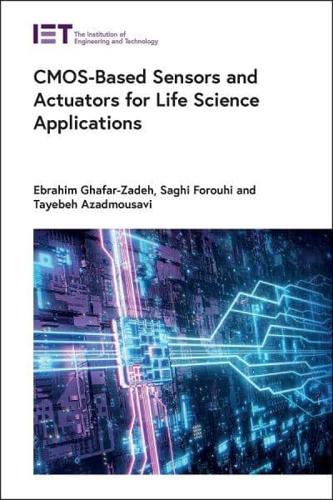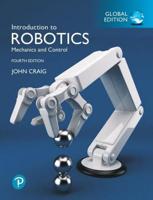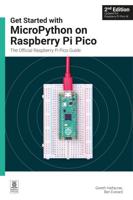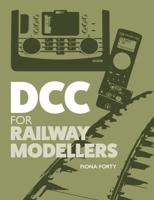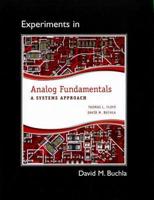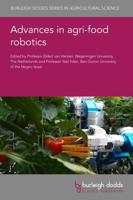Publisher's Synopsis
Emerging complementary metal-oxide semiconductor (CMOS) technologies and their ongoing downscaling trend have opened an avenue to developing integrated systems for life sciences. They offer great advantages for the monolithic integration of several active elements, and the implementation of millions of biosensors along with their transducers and readout circuits on a single chip. Benefits include the ability to make highly dense systems with high signal-to-noise ratios (SNRs), good accessibility and reliability. Moreover, the huge investment in CMOS foundries and the possibility of the batch production of various devices using CMOS have established it as an economical technology appropriate for the fabrication of affordable platforms for end-users. All these features make CMOS electronics a valuable technology for the implementation of integrated bio-systems such as lab-on-chips (LoCs) and point-of-care (PoC) devices.
This book offers deep multidisciplinary knowledge of different types of biosensors and bioactuators. The book covers the design and implementation of CMOS chips, including transducers, readouts and data equation circuitries. It also deals with microfluidic packaging techniques, and biological applications and protocols. The theoretical and practical aspects of CMOS biosensors are discussed, and the fundamentals of microfabrication. Several key life science applications are explored, including optical biosensors, thermal sensors, and a range of actuators.
CMOS-Based Sensors and Actuators for Life Science Applications offers a systematic and thorough approach to this complex multidisciplinary topic for researchers and engineers working in the field of microelectronic design and development, particularly those whose work has life sciences applications.
